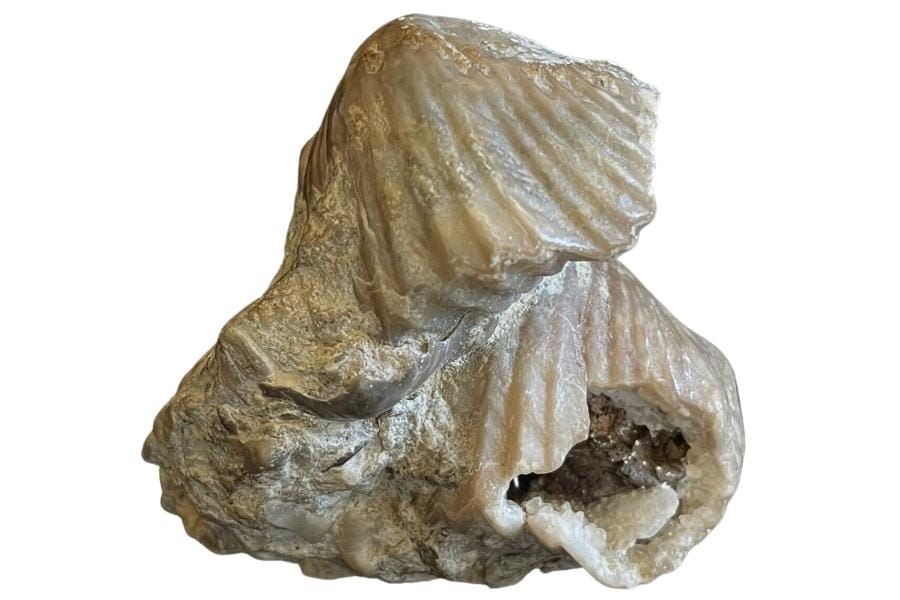Think about going back in time very far, like millions of years! That’s what you do in Kentucky when you look for fossils. Seas from long ago covered this area and left behind a lot of cool things for us to find today.
This place has a lot of different fossils, from crinoids, which look like plants but are animals, to brachiopods, which are kind of like clams but not quite. Also, don’t even start on trilobites; these bugs were like cockroaches in the old ocean; they were everywhere!
The best thing? All these fossils tell us about life in the state a very long time ago, even though they are ancient. And the coolest part is, you’re not just learning stuff, you’re also experiencing it.
This article will take you on a journey through time, right here in Kentucky, using nothing but fossils you can find under your feet. It’s a guide, a treasure map, and a history book all rolled into one!
The Fossils Of Kentucky You Can Find
Kentucky has so many different kinds of fossils. It’s a fossil hunter’s dream because the landscape is so different and the geological past is historical.
Read our guide to rockhounding in Kentucky to learn more about the cool rocks and minerals you can find there.
- The extensive local experience and understanding of our team
- Input from multiple local fossil hunters and fossil groups
- The accessibility of the various locations
- Safety and potential hazards when collecting
- Private and public locations
- A desire to include locations for both experienced fossil lovers and those who are just starting out
Using these weights we think we’ve put together the best list out there for those who love finding great new fossils for our collections!
Common Kentucky Fossils
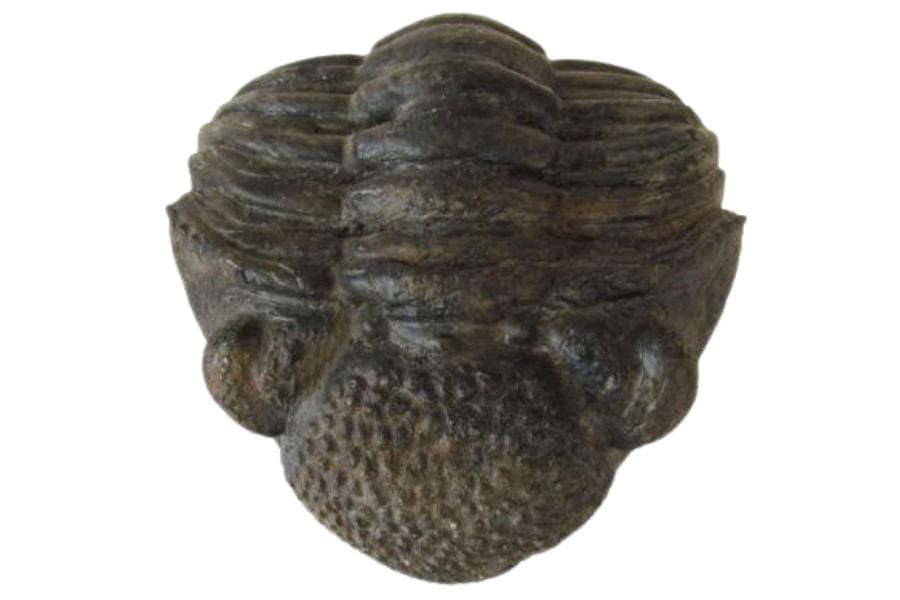
Kentucky is a great place to find a huge variety of fossils. You can find these rocks all over the state:
- Bryozoans
- Corals
- Crinoids
- Mollusks
- Plant fossils
- Shark teeth
- Trilobites
Kentucky State Fossil – Brachiopod
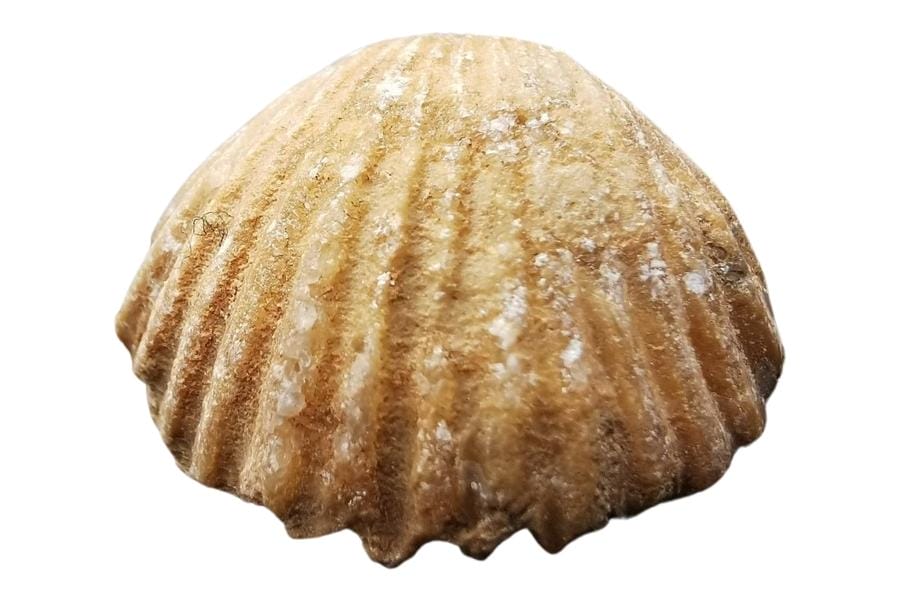
Brachiopod fossils show much about Kentucky’s varied past by looking at its old seas. These shell-like animals, which are common in the sedimentary rock in the area, mainly limestone, show that the marine environment is very active.
Their different sizes and shapes, which have been kept for millions of years, give fossil hunters a natural link to prehistoric life. If you explore Kentucky’s fossil-rich places, you might come across these artifacts from long ago.
Rare State Fossils
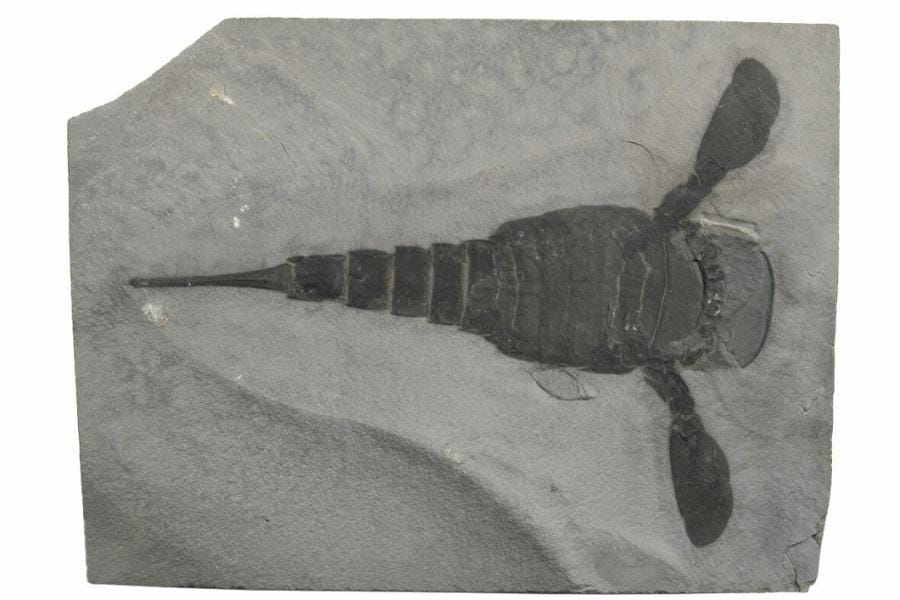
These fossils are some of Kentucky’s rarest and most expensive ones. When you roam, these things are what you should seek:
- Ammonoids
- Eurypterids
- Fish fossils
- Rare plant fossils
- Mammal fossils
The Best Places To Find Fossils In Kentucky
We will discuss the outstanding spots in Kentucky where fossils can be found. Even though we’ll only give in-depth details of our choices, there are many other places where fossils are available.
Always Confirm Access and Collection Rules!
Before heading out to any of the locations on our list you need to confirm access requirements and collection rules for both public and private locations.
These requirements are subject to change without notice and may differ from what we state below.
Always get updated information directly from the source ahead of time to ensure responsible rockhounding.
Big Bone Lick State Historic Site
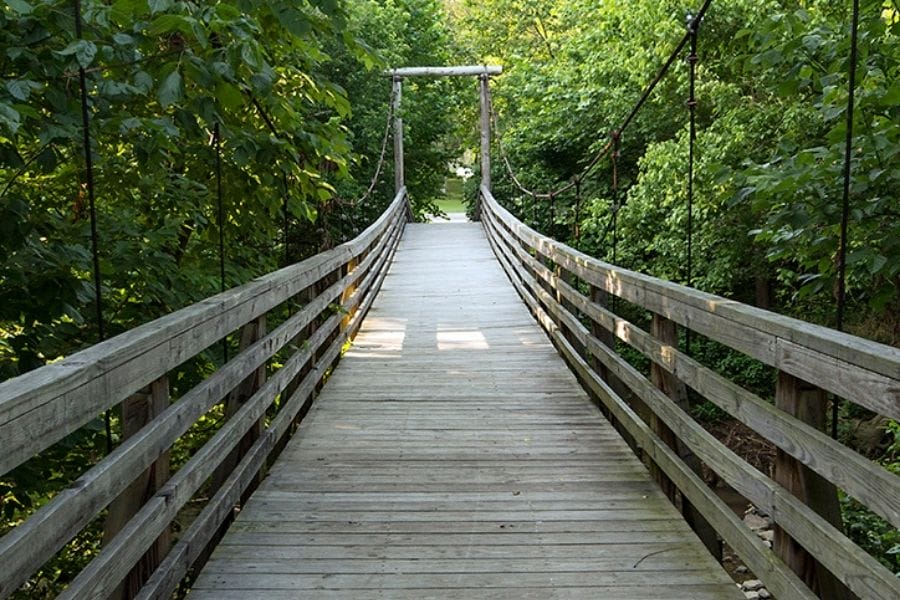
Many ancient artifacts exist at Big Bone Lick State Historic Site in Boone County, Kentucky. It’s known as the “Birthplace of American Vertebrate Paleontology.”
The site became famous when big groups of mammoth and mastodon bones were found there. This interested famous people like Thomas Jefferson and sparked the early stages of paleontology in the United States.
The salt lakes in this area are what make it special. In the past, animals came to the area to feed, leaving behind many fossils for us to find today.
The park, which is 813 acres, not only gives you a look into the distant past, but it also lets you do many fun things.
There are walking paths, a museum that shows off the history and geology of the area, and a herd of living bison that represent the animals that used to live in this area.
Where and what to find fossils at the Big Bone Lick State Historic Park
The salt springs at the site have a unique history of attracting big prehistoric animals. The fossils found there tell us a lot about the lives of these ancient animals. You can find mammoth and mastodon fossils, ground sloth fossils, bison fossils, and other megafauna.
People can see these fossils at the park’s museum and tourist center. The displays teach visitors about the kinds of animals that used to live in the area.
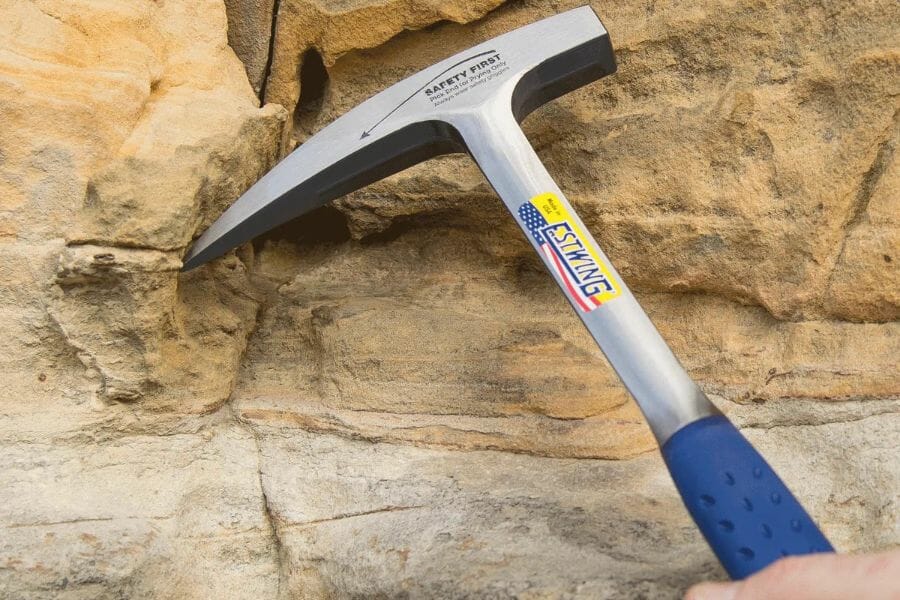
The tools every fossil hunter will need
When you're out looking for fossils having the right tools for the job is really going to make or break your success. You don't need a lot for most trips but there are a handful that are critical and will make your life a lot easier.
We get asked a lot about the equipment we use. Over the years we've found a handful of tools that we recommend to both new and experienced fossils hunters which we outline in great detail in our complete rockhounding tools and kit guide. These are quality options that also happen to be relatively inexpensive.
Below are the basic tools that make your life so much easier and save you a ton of time. Check out the full guide to see everything we recommend bringing. One quick note, as an Amazon Associate I earn from qualifying purchases but we try very hard to only recommend gear we would use ourselves and often recommend brands you can't find on Amazon.
At a minimum you should have:
1 - Sturdy rock hammer: The Estwing Rock Pick is our standard
2 - Rugged chisels: Try Kendo' 3-piece Chisel Set
3 - Compact shovel: The Koleiya 28-inch shovel works well
4 - Rock screen pan: The Wazakura Soil Sieve Set fits the bill
5 - Eye protection: DeWalt Safety Glasses are cheap and comfortable
6 - Head protection: Malta's Safety Helmet has been our go-to
7 - Jewelers lens with at least 20x magnification: Jarlink's Jewelers Loop is perfect
The fossil-finding books that we use most
There are also a few books that have been extremely helpful in the search for gems. These books have great recommendations and tips:
National Audubon Society Field Guide to Rocks and Minerals: North America
Southeast Treasure Hunter's Gem & Mineral Guide
Earth Treasures: The Southeastern Quadrant
We provide links to find these tools on Amazon but some can also be found at your local hardware stores. For more recommendations check out the link to our full tool guide above.
Caldwell Stone Quarry
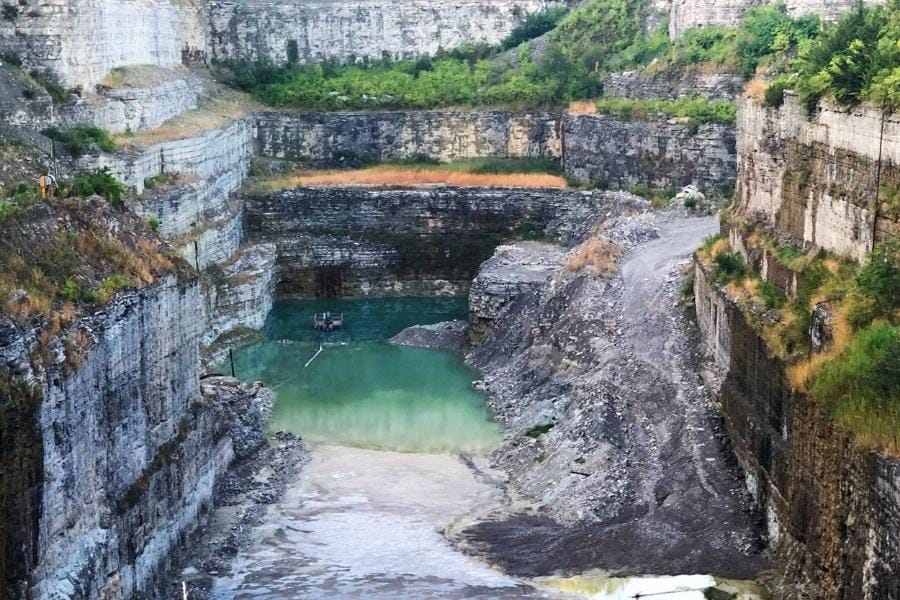
People interested in fossils and geology will enjoy visiting the Caldwell Stone Quarry near Danville in Boyle County, Kentucky.
The Ordovician Period lasted from about 485.4 million years ago to 443.8 million years ago, a unique time to look for artifacts in this busy limestone quarry. At this time, much of what is now Kentucky was underwater in a shallow sea.
This made it possible for limestone to form, protecting marine fossils.
Since the Caldwell Stone Quarry is a work site, it’s not usually open to the public for casual fossil digging. However, educational visits can be set up by organized groups.
Where and what to find fossils at Caldwell Stone Quarry
People know the site for its large amounts of well-preserved brachiopods, bryozoans, crinoids, and trilobites. The different kinds of sea life that lived in the Ordovician seas can be learned a lot from these fossils.
Kentucky River

The Kentucky River is an important natural resource with a long past in geology and paleontology. It flows through the middle of Kentucky.
Along its banks, this 255-mile-long river cuts through the Commonwealth, revealing dramatic palisades and a wide range of rock formations, especially where the river has cut through layers of limestone and other ancient rocks.
People who like fossils love the Kentucky River because it flows through places that were once covered by seas during the Paleozoic era. In the past, these waters were full of life.
When animals died, their bodies sank to the bottom of the ocean and became part of the sediment that finally formed the limestone bedrock that you see in the area. These days, this rock is full of fossils from the sea.
Where and what to find fossils at Kentucky River
You can find fossils of brachiopods, crinoids, corals, bryozoans, and sometimes trilobites along the river, especially where the cliffs are visible. These fossils show that there was a lot of different life in the oceans long ago.
When the river level changes, especially dry ones, more riverbeds and banks are exposed. This often reveals fossil-bearing rock layers that were covered.
Kentucky Wildlife Refuge
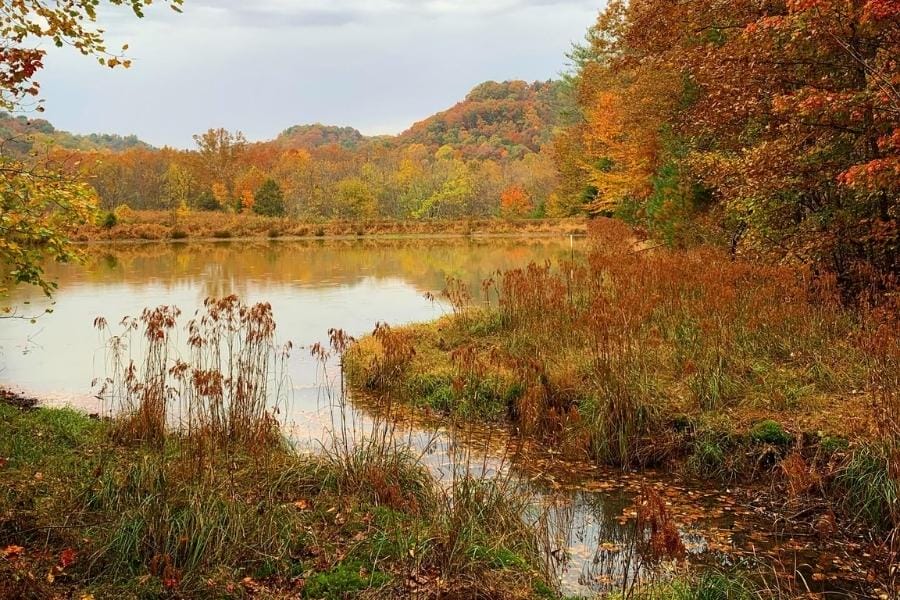
The Kentucky Wildlife Refuges, which are made up of many protected areas across the state, are great places to see plants and animals and learn about the state’s history.
While these refuges were set up to protect wildlife areas, they also protect the geological integrity and paleontological resources that are deep in Kentucky’s rich soil.
The Clarks River National Wildlife Refuge in western Kentucky is one of these places. The refuge protects waterways and many kinds of wildlife. It also sits on top of sedimentary rock formations that tell the history of the area.
There are a lot of marine fossils in these layers because they were formed during times when much of Kentucky was underwater in warm, shallow water.
Where and what to find fossils at the Kentucky Wildlife Refuge
People may find remains of brachiopods, crinoids, and other sea creatures that lived and thrived in the Paleozoic in places where rocks have been worn down or exposed naturally.
Little Sandy River
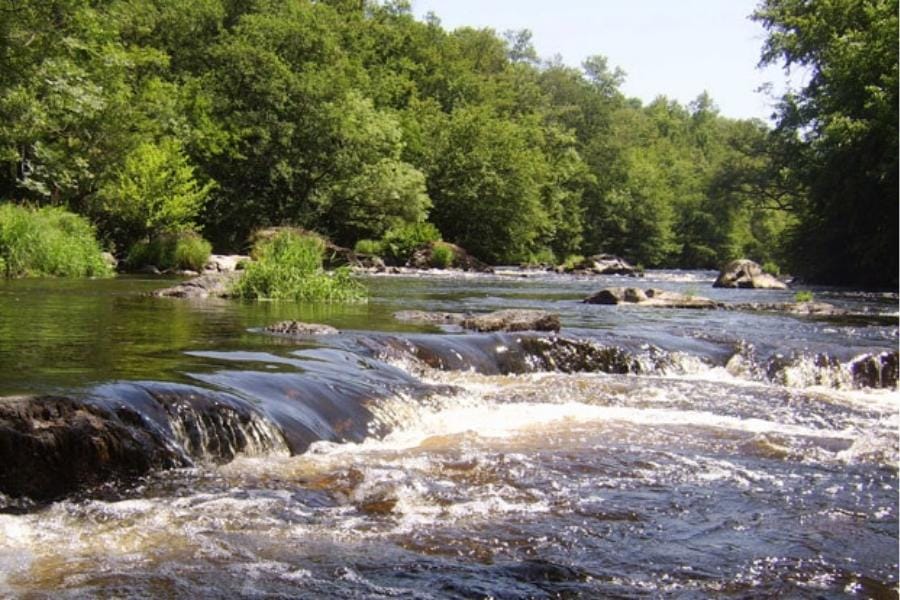
The Little Sandy River flows through the northeastern part of Kentucky. It is an 85.4-mile-long branch of the Ohio River. This river is known for its peaceful atmosphere and beautiful scenery.
It’s also a secret gem for people who love geology and fossils. Geological history in the area goes back to the Paleozoic Era when much of Kentucky was underwater during the Ice Age.
There was a lot of marine life in these warm, shallow waters. Fossils of some of these animals can be found in the sedimentary rocks that are visible in some places along the river.
The fossils in this area are made of limestone and other ancient rocks. They show that the area used to have a lot of different kinds of marine ecosystems that did well.
Where and what to find fossils at Little Sandy River
Along the Little Sandy River, especially where the water level has dropped or where natural erosion has happened, you can find layers of rock full of marine fossils.
This is a good place to find remains of brachiopods, crinoids, and corals, among other things.
Other Top Places To Find Kentucky Fossils By Region
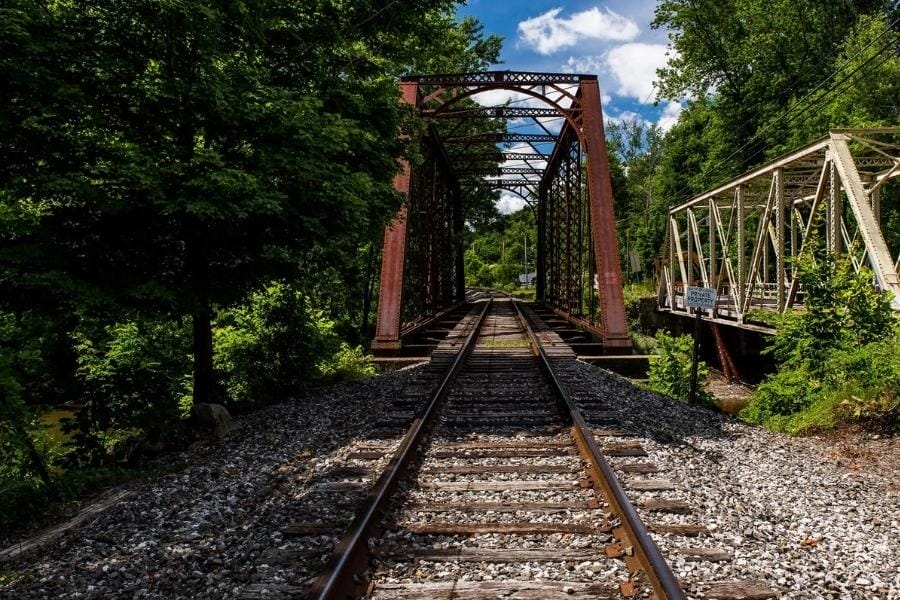
Once you have visited where to find the best fossils in Kentucky we mentioned above, we’ll talk about other great places to find fossils. These spots were chosen to assist you.
| Location | Fossils |
| In road cut on Brooks Hill Road, Bullitt County | Blastoids, brachiopods, bryozoa, corals, crinoids, echinoids, ichnofossils, geodes. |
| Cedar Hill Quarry, Caldwell County | coral – Lithostrotion; Platycrinus |
| Bridge over Ohio River, Caldwell County | Many Cincinnatian outcrops have abundant, well-preserved fossils |
| In limestones and shale of Little Goose Creek, Casey County | Protarea, Rhynchotrema, Dinorthis, Hebertella, Platystrophia |
| Slope of ridge near Hites Creek, Casey County | Triplophyllum, Zaphrentis, Spirifer, Brachythyris, Pentremites |
| Sugar Creek Bridge, Gallatin County | Fossils |
| Beargrass Cave, Jefferson County | Fossils |
| In road cuts near Harrods Creek, Jefferson County | Fossils |
| Shank’s Quarry, Jefferson County | Fossils are silicified and survive weathering well. |
| Bowman Field, Jefferson County | Brachiopods, corals, bryozoa, mollusks, trilobites, stromatoporoids |
| Ash Grove Quarry, Jefferson County | Vertebrates – Cochliodus |
| Harin Hill, Lewis County | Fauna-Corals; Bryozoa; brachiopods |
| Island Creek, Pike County | Gastropods – Shansiella |
Common Questions About Fossil Hunting In Kentucky
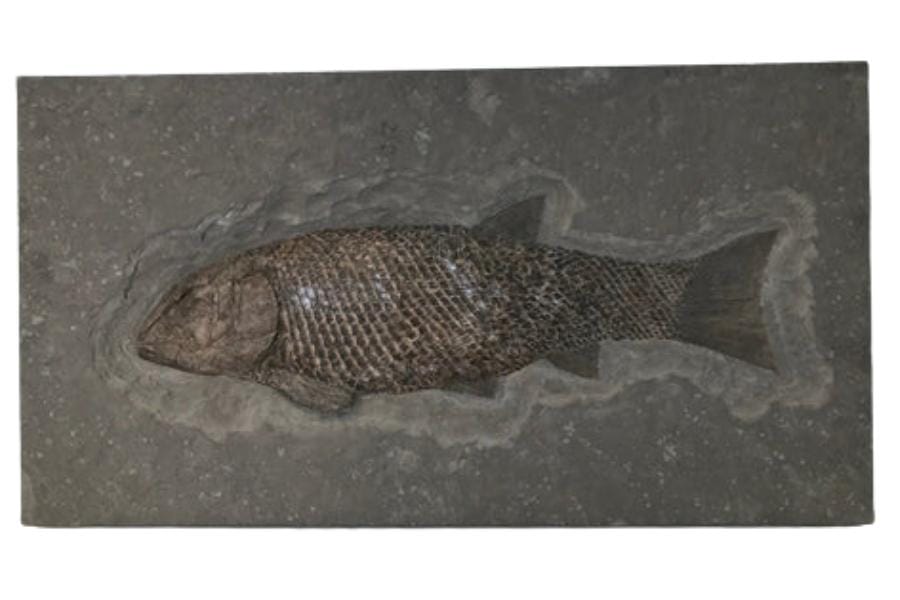
Many people who go to Kentucky to find fossils ask these questions. You need to know how to respond.
Can you find megalodon teeth or shark teeth in Kentucky?
It’s very unlikely that you will find megalodon teeth in Kentucky. This is because the rocks there are very old and don’t form in a way that fits with the period or area where megalodon sharks lived.
Megalodons lived in the oceans during the Neogene period, which lasted from 23 to 2.6 million years ago.
However, the sedimentary rock layers found in Kentucky are mainly from the Paleozoic Era, specifically from the Ordovician to the Pennsylvanian periods, which lasted from 485.4 to about 298.9 million years ago, a time long before megalodons existed.
Is it illegal to collect fossils in Kentucky?
Like many other places, collecting fossils in Kentucky rests on several factors, such as who owns the land, the type of fossils being collected, and how they are being collected.
If you get permission, you can find fossils on private land in Kentucky. There are even places where people can go on public fossil hunts, like the famous Falls of the Ohio State Park, on the Indiana side of the river from Louisville.
Before taking any fossils away, it’s always best to check with local authorities, park guards, or property owners.
It’s best to read the updated rules about collecting in Kentucky.
Can you find dinosaur bones in Kentucky?
Finding dinosaur bones in Kentucky is highly unlikely, and specific reasons related to the state’s geological history and the conditions required for fossil preservation explain this.
Our Favorite Places To Buy Fossils In Kentucky

You don’t need to dig for hours to find these ancient treasures. Our rock shops are all over the state, where you can go and find fossils. Here are some of those places:
- Big Mike’s Rock Shop – 566 Old Mammoth Cave Rd, Cave City, KY 42127, United States
- Dimitridon Studios Rock Shop – 8321 E Main St, Alexandria, KY 41001, United States
- Goldheart: Stones And Such – 980 Barret Ave, Louisville, KY 40204, United States
- Little Big Gem Mine & Rock Shop – 1000 KY-524, La Grange, KY 40031, United States
- Nice Rock Shop – 311 Broadway St, Paducah, KY 42001, United States
- Onyx Cave and Rock Shop – 93 Huckleberry Knob Rd, Cave City, KY 42127, United States
- Pyrite Illusions – 97 Settlers Center Rd, Taylorsville, KY 40071, United States
- SunStones – 107 S Bayly Ave, Louisville, KY 40206, United States

